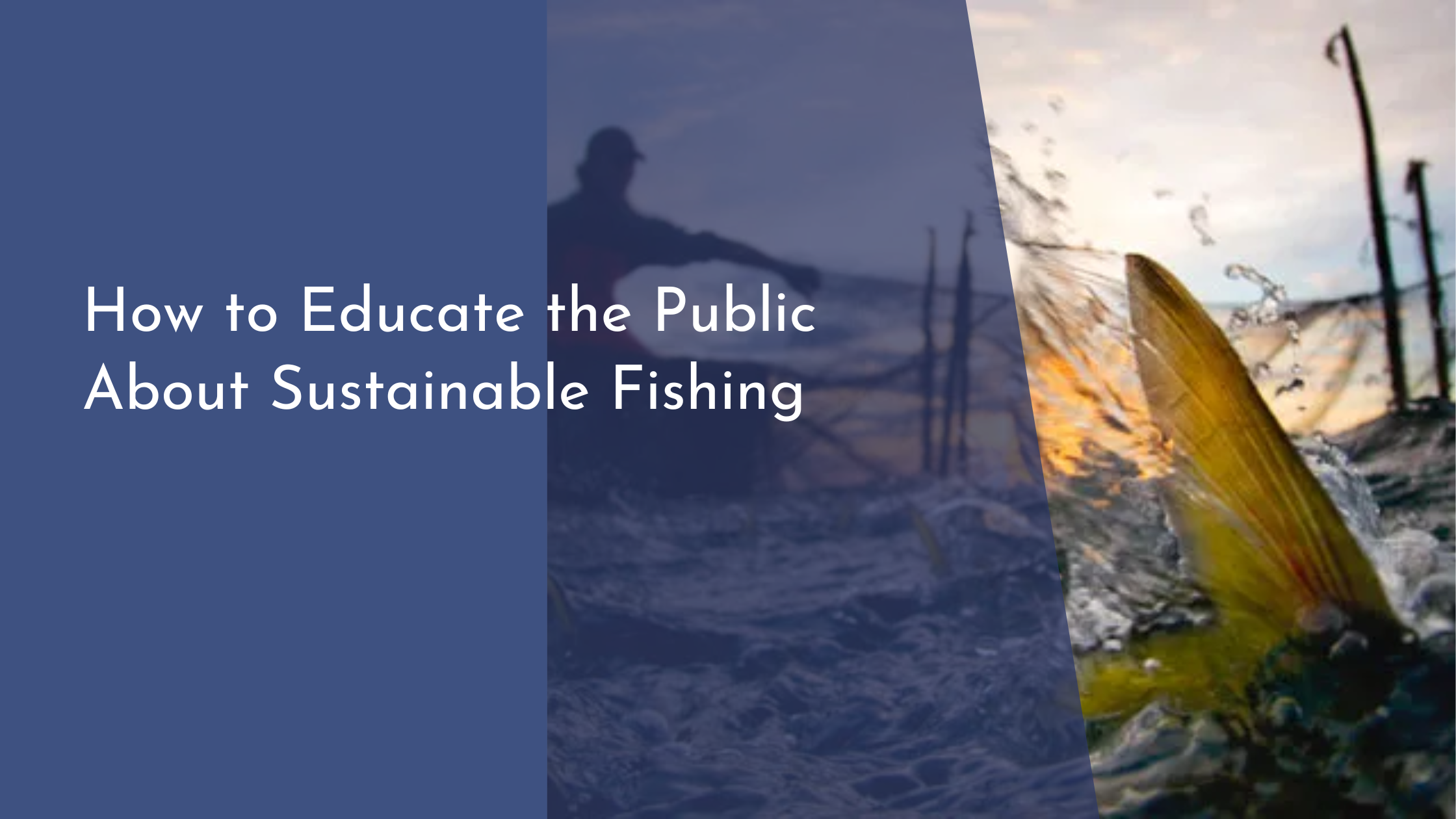How to Educate the Public About Sustainable Fishing
Sustainable fishing is an essential practice that ensures the health of marine ecosystems while supporting the livelihoods of communities dependent on fishing. As the global demand for seafood continues to rise, educating the public about sustainable fishing practices is more crucial than ever. By understanding the importance of this practice and fostering informed choices, we can collectively contribute to the preservation of our ocean resources. This article explores effective strategies to educate the public about sustainable fishing.
Understanding the Importance of Sustainable Fishing
Sustainable fishing is vital to maintaining the delicate balance of marine ecosystems. Overfishing and destructive fishing methods can lead to the depletion of fish stocks, disrupt food chains, and damage habitats. By prioritizing sustainable practices, we not only safeguard marine biodiversity but also ensure that future generations can enjoy the benefits of seafood. Educating the public about these long-term impacts is the first step in cultivating awareness and encouraging responsible fishing practices.
Moreover, sustainable fishing supports economic stability in coastal regions reliant on fishing industries. By adopting practices that allow fish populations to replenish, communities can rely on steady income sources and food security. Highlighting the economic advantages of sustainable fishing can motivate individuals and industries to adopt more responsible practices. A well-informed public is more likely to demand sustainable products and support policies that protect marine resources.
Engaging Communities Through Educational Programs
Community engagement is key to spreading awareness about sustainable fishing. Local workshops and seminars can provide hands-on learning experiences that educate participants about the importance of sustainable practices. By involving fishermen, consumers, and local businesses, these programs can foster a sense of responsibility and collaboration. Additionally, organizing community events such as beach clean-ups or sustainable seafood festivals can further raise awareness and promote sustainable choices.
Collaborating with schools and universities can also create opportunities for long-term educational initiatives. By integrating sustainable fishing topics into curricula, students can learn the importance of preserving marine environments from an early age. Educational institutions can partner with local organizations to offer field trips, guest lectures, and interactive projects that demonstrate the real-world impact of sustainable fishing. These efforts ensure that future generations are equipped with the knowledge and motivation to support sustainable practices.
Utilizing Media to Spread Awareness and Knowledge
In today’s digital age, media is a powerful tool for disseminating information about sustainable fishing. Social media platforms can be used to share stories, infographics, and videos that explain the benefits and practices of sustainable fishing. Engaging visuals and compelling narratives can capture the audience’s attention and spark conversations about the topic. By using hashtags and collaborating with influencers, organizations can reach a wider audience and foster a community of informed consumers.
Television documentaries and radio programs can also play a significant role in educating the public. These platforms allow for in-depth exploration of the issues surrounding sustainable fishing, offering expert insights and highlighting successful case studies. By showcasing the real-world impact of sustainable practices, these programs can inspire viewers and listeners to take action. Additionally, leveraging traditional media alongside digital channels can ensure that the message reaches diverse audiences.
Encouraging Active Participation and Responsible Choices
Empowering individuals to make responsible choices is essential for promoting sustainable fishing. Providing consumers with information about sustainable seafood options and the environmental impact of their choices can guide them towards more informed purchasing decisions. This can be achieved through labeling schemes, such as eco-certifications, which indicate products sourced from sustainable practices. By making these options easily accessible, consumers can actively contribute to the demand for sustainable fishing.
Active participation can also be encouraged through citizen science initiatives. These programs invite individuals to contribute to data collection and monitoring efforts, offering a hands-on approach to learning about marine conservation. By engaging with these projects, participants can develop a deeper understanding of the challenges facing our oceans and the role they can play in preserving marine ecosystems. This sense of involvement can motivate individuals to advocate for sustainable practices within their communities and beyond.
Educating the public about sustainable fishing is a multifaceted endeavor that requires collaboration, creativity, and commitment. By raising awareness about the importance of sustainable fishing, engaging communities through educational programs, utilizing media for widespread dissemination, and encouraging active participation, we can foster a culture of sustainability. Together, we can ensure that our oceans remain vibrant and productive, providing for generations to come. Let us commit to making informed choices and supporting practices that prioritize the health of our marine environments.

